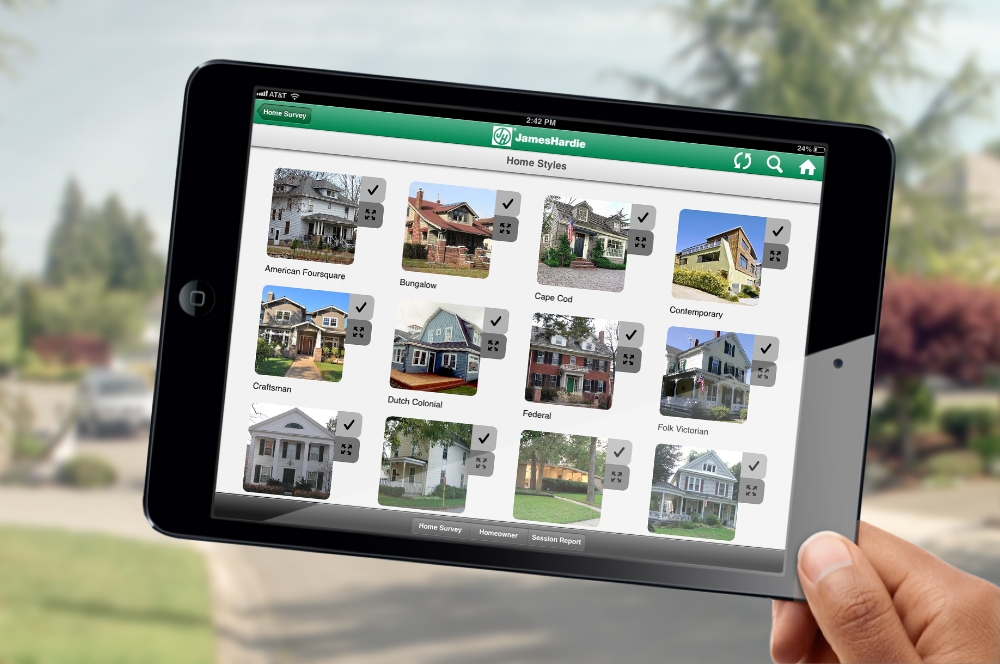If you can’t track where your leads come from, you can’t improve how you get them.
It’s one of the most overlooked truths in marketing today: Without clear lead tracking and attribution, brands are essentially flying blind. You might be pouring money into ads, social media or sales teams, but unless you know what’s working, it’s impossible to grow smarter, faster and stronger.
In this blog, we’ll break down the best tactics for tracking and attributing leads and show you how Motion helped James Hardie, a global building materials brand, reinvent its approach and transform its results.
Why Lead Attribution is So Hard (And So Important)
Many businesses struggle with lead tracking because of how complicated the customer journey has become. Some of the biggest challenges include:
- Overreliance on Indirect Channels: Brands often depend on distributors, resellers or contractors to make the sale but lose direct insight into customer behavior.
- Misaligned Messaging: Marketing materials might resonate with trade partners but miss the true decision-maker, the end consumer.
- Data Gaps: Without systems for collecting and analyzing lead data, brands have no visibility into what’s driving actual demand.
The good news? Brands that overcome these hurdles gain an enormous competitive advantage—knowing exactly where to focus their marketing dollars for maximum impact.
Best Tactics for Lead Tracking and Attribution
1. Build direct-to-consumer initiatives.
The more you own the relationship with your buyer, the more control you have. Even in industries traditionally dominated by middlemen, such as construction, direct brand-to-consumer programs help you drive demand at the source.
2. Capture real-time analytics.
Use technology like custom apps, CRMs or website tracking tools to monitor leads from the first interaction to final sale. Real-time insight means faster, smarter decision-making.
3. Gather street-level data.
Go beyond broad demographics. Hyper-targeted data, like the condition of a home’s exterior, can dramatically sharpen your marketing and sales efforts.
4. Leverage PR and social media.
Earned media and organic social engagement aren’t just good for awareness, they’re also critical tracking points that show who’s interacting with your brand and how. And while PR, social media and other content marketing collateral, like thought leadership, work well independently, their combined power creates a truly impactful and cohesive brand strategy.
5. Shorten the sales cycle through attribution.
When you know exactly what triggers conversions, you can tighten your messaging, focus your efforts, and close deals much faster.
Real-World Example: How James Hardie Transformed Their Sales Model
The Challenge
James Hardie, known for its premium fiber cement siding, is traditionally sold through contractors. But there was a major problem: Contractors were often pushing cheaper alternatives to close sales faster. In other words, James Hardie was losing out. They had no direct line to the homeowner, and no data on consumer demand.
The Strategy
James Hardie turned to Motion for a radical new plan:
Consumer-Facing Brand Launch: Motion built the company’s first-ever direct-to-consumer brand presence, giving homeowners aspirational, lifestyle-driven reasons to ask for James Hardie products by name.

Ambassador Program: A direct sales initiative rolled out in 16 key markets, designed to connect with homeowners one-on-one.

Custom App Development: Motion created a custom app to not only capture consumer information but also gather valuable street-level data on homes, giving James Hardie unprecedented real-time visibility into their audience.

PR and Social Media Campaigns: Smart earned media and social content expanded awareness and drove inbound leads.

The Results
70%
lift in sales
26-day
average sales cycle, down from a staggering 24 months
More
Requests for Quotes (RFQs) in three months than the entire previous year
The Long-Term Impact
More than a decade later, the program is still fueling exponential growth for James Hardie, proving that smart lead tracking and attribution can be a permanent game-changer.
Key Lead Generation Takeaways for Your Brand
1. Own your demand channel.
Don’t leave your success entirely in the hands of resellers or intermediaries.
2. Invest in data collection.
Direct consumer data unlocks better targeting, nurturing, and selling.
3. Think beyond traditional B2B.
Even if you sell through partners, a consumer-facing brand can dramatically change the dynamics.
4. Use attribution as a growth strategy.
Lead tracking isn’t just about reporting — it’s about fueling real, measurable business growth.
Final Thought
James Hardie didn’t just improve their lead tracking, they built an entirely new path to growth. And they didn’t do it alone.
At Motion, we specialize in helping brands take control of their lead generation, attribution, and growth strategies. We don’t just deliver more leads, we deliver better visibility, smarter targeting, faster conversions, and programs that fuel long-term success.
Whether you’re just getting started or ready to take your lead tracking to the next level, Motion brings the tools, technology, and strategic thinking needed to build a system that works, not just for today, but for the future of your business.
If you’re ready to stop guessing and start growing, let’s talk.
Reach out to Motion today and let’s build a smarter, stronger path forward for your brand.
You might also like: How to Align CRM and Marketing Strategies to Drive Performance